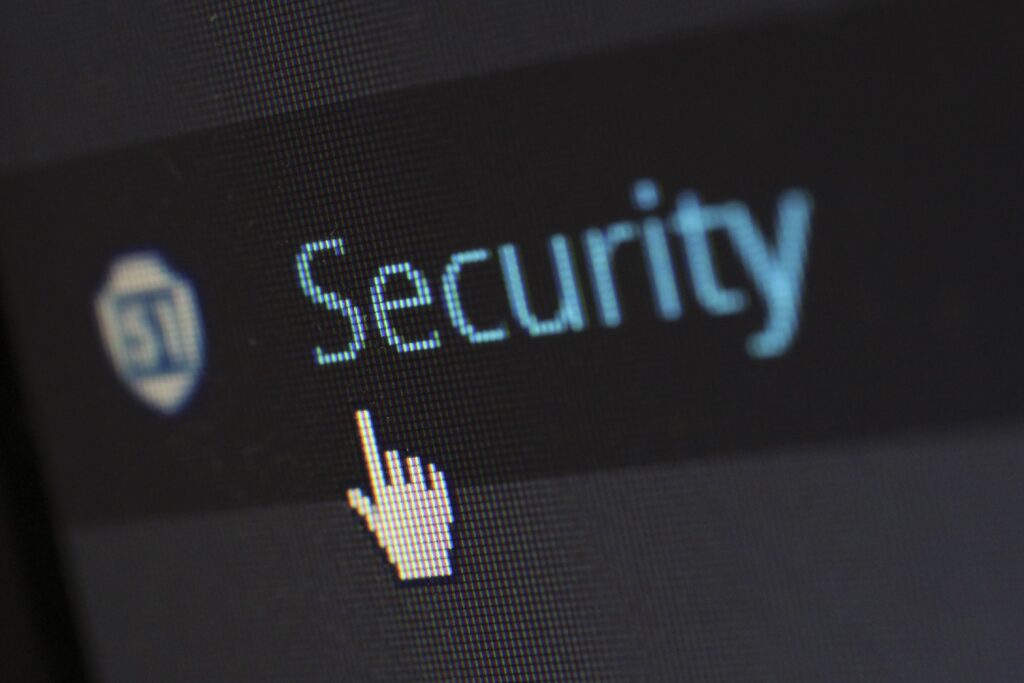What is Multi-Factor Authentication?
Usually, the way you login into any web-based application is using a username and password that you have set. The username is static and typically never changes while the password is changed infrequently. If both of these are leaked, then anyone can impersonate being you and access your application account and everything inside of it. In terms of the Cloud, bad actors can then delete all of your resources or access any data within the resources. So to improve security, Multi-Factor Authentication (MFA) was introduced.
MFA is an authentication method that requires using more than one factor of authentication to verify a user’s identity. It is used to increase the security of online accounts and services by requiring additional forms of authentication beyond just a username and password (single-factor authentication). MFA can include a variety of methods such as biometrics, SMS codes, or physical tokens. By using multiple layers of authentication, it is much harder for attackers to gain access to an account or service. MFA also helps protect against phishing attacks by making it more difficult for attackers to obtain the necessary credentials for access. As technology continues to evolve, MFA will become increasingly important in order to ensure secure access to online accounts and services.
Types of Authentication Factors
These are the common types of authentication methods that you’ll encounter across most applications today. Single-Factor authentication uses just one of these factors, while Multi-Factor authentications uses two or more. The more factors that are used means higher security and harder to fake for malicious actors.
- Knowledge Factor
This is something that you know, such as usernames and passwords.
- Possession Factor
This is something that you posses (have), such as an MFA application. For example, when someone uses a credit card at the ATM and is prompted to input a PIN number to access their money, this is a form of MFA. The person must posses the physical card and also have knowledge of the PIN.
- Inherent Factor
This is something that you are, such as your fingerprint, voice, face or eye. Many phones today offer ‘Face ID’ which allows you to bypass your pin by scanning your face to verify it is you.
- Location Factor
This is based off where you are located, such as physical location in the world, or which network you are currently connected to. For example, to access certain company files or resources, you are required to be on the secure company network.
Benefits of MFA in Cloud Accounts
MFA requires users to authenticate their identity using two or more factors, such as something they know (password), something they have (smartphone), or something they are (biometric). This both increases security and improves the user experience.
A. Increased Security MFA Benefits
As we’ve discussed, the use of Multi-Factor Authentication (MFA) is becoming increasingly popular as a way to increase security. MFA helps protect against unauthorized access and can help prevent data breaches. Additionally, MFA can be used to detect suspicious activity and alert administrators if someone is attempting to gain access without permission. This makes it much harder for attackers to gain access to sensitive data, as they would need to have all the authentication factors in order to gain access. By requiring multiple authentication factors, organizations can be sure that only authorized personnel are accessing their systems and data. In addition, MFA can also help organizations comply with regulatory requirements such as GDPR and HIPAA. All in all, implementing MFA is a great way for organizations to reduce the risk of data breaches and protect their sensitive information.
B. Improved User Experience MFA Benefits
Multi-factor authentication (MFA) is a great way to improve user experience. The extra layer of security that MFA adds helps protect user accounts from unauthorized access. MFA can help reduce the amount of time spent on customer service inquiries by providing an easier and faster way for customers to access their accounts. With MFA in place, customers can quickly and easily log in without having to remember complex passwords or answer security questions.
Why you should be using MFA today
The most obvious benefit of MFA is improved security for cloud systems, protecting users from external threats such as hackers and malware attacks. With two-factor or multi-factor authentication, even if someone obtains the user’s username and password, they are still unable to access the account without having access to another device or token as well. Additionally, it helps prevent unauthorized access due to stolen credentials or malicious insiders who may have obtained login information through phishing or social engineering techniques.
As digital threats become more sophisticated, it is paramount for organizations to take extra precautions to ensure that their data is secure. Multi-Factor Authentication (MFA) offers an added layer of security and should be implemented to provide maximum protection against cybercrime. Want to talk more about securing your organizations applications and resources? Contact us today!





